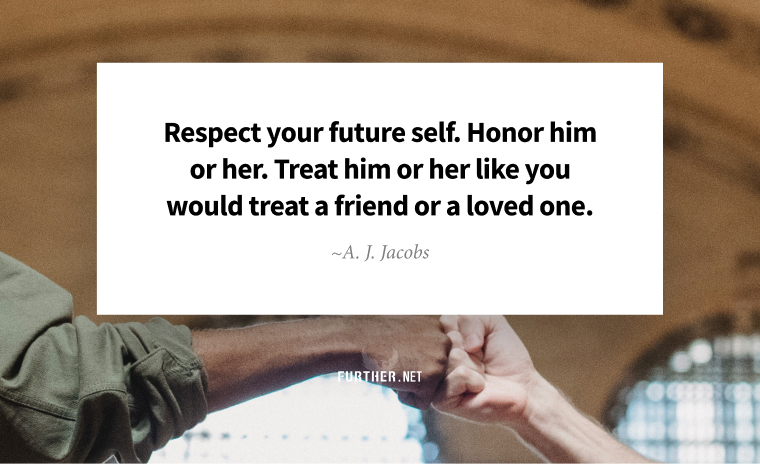
As a kid, you probably had a good idea of what you wanted to do when you grew up. Anything seemed possible: doctor, musician, veterinarian, firefighter, novelist, mermaid (my go-to).
Unsurprisingly, research shows most of us don’t end up in our childhood dream jobs. Nearly 70% of people say they never got there, and around 60% say they still wish they could.
If you’re still harboring a secret desire about your professional path, here’s a game-changing question: is it possible? In other words, can you see yourself doing the thing you always said you wanted to do?
The ability to envision a future state is just the start. From there, with courage, encouragement, and grit, what’s possible can become plausible — and ultimately, a new reality.
The Self on the Shelf
When journalist Joanne Lipman, author of NEXT! The Power of Reinvention in Life and Work, first interviewed James Patterson, he was an ad exec, and they were supposed to discuss a new fast food campaign. But Patterson only wanted to talk about writing fiction, which Lipman reluctantly indulged.
Ten years later, Lipman was shocked to see the former adman promoting his new book. Today Patterson is an iconic author of 100 bestselling books (and counting.) As he told Lipman:
Maybe I was delusional, but I never thought of myself as an advertising person. I always planned to be a writer.
Patterson’s ability to conjure his future illustrates what social psychologists Hazel Markus and Paula Nurius call “possible selves.”
While self-concepts — “I am a kind person” or “I am a good parent” — are rooted in the present, the researchers found that people are also informed by ideas about what they might become and how they might change.
Researchers have found a positive, future-forward perspective helps boost well-being and decrease depression. And this supports employing the reinvention linchpin: motivation.
To Dream The Possible Dream
As Dr. Markus explains, moving from daydreaming to doing entails bridging the gap between your “now” self and your possible self. Lipman notes there are a few ways to do this:
- Make a move: Baby steps include taking a course, starting a hobby, or accepting a side gig.
- Get input: Enlist someone who can help you clearly see your abilities, strengths, and weaknesses, from a therapist to a trusted friend.
- Share your goals: Research shows stating your objectives makes your likelihood of accomplishing them twice as likely.
- Leverage “weak ties”: In other words, network. Reach out to people you know, even casually, to get input and support to achieve your goals.
Creating a future you isn’t child’s play. But by tapping into your possible self, you have a proven path to ground your dreams in action steps and make your potential pursuits a definitive reality.
Want to Make a Change? Conjure Your ‘Possible Selves.’ (New York Times)
